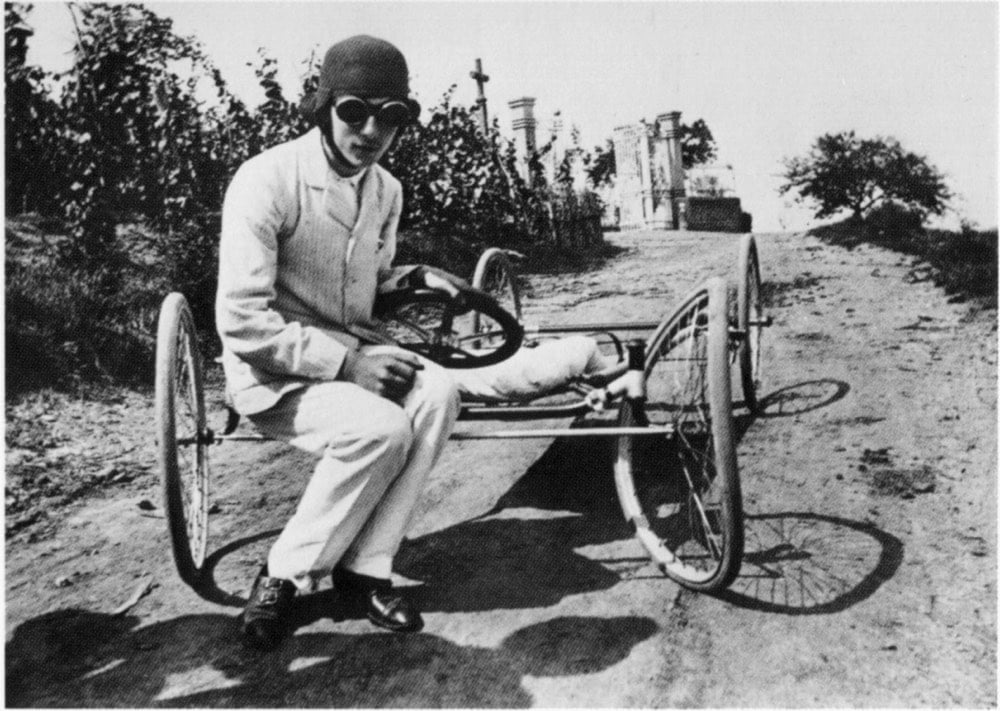The work of photographer Jacques Henri Lartigue


Born into wealth, Jacques Henri Lartigue got his first camera at age seven and began documenting the world around him: his friends and family at play in the world. His work presaged the “prolonged adolescence” of the “leisure class” readily on display on Instagram these days.
Taking pictures gave Lartigue a hobby and a purpose. His immediate surroundings and leisure class milieu provided the subject matter and Lartigue, a native user, wielded his camera with technical mastery almost from the beginning. He also brought a child’s whimsy to photography’s staid practice of posing and composing. Lartigue had a low vantage, a wandering eye, and a loose frame that was far ahead of his time. He also had the resources and time to experiment. Lartigue continued photographing prolifically into his teens and early adulthood, finding muses in his wives and mistresses and the diversions of prolonged adolescence.
Lartigue’s photography was an influence on director Wes Anderson, particularly in Rushmore and The Life Aquatic. If you can’t see Rushmore’s Max Fischer in the top photo of the homemade go-kart, you certainly can in this one:

And the kid in the tire boat in the other photo? That is Lartigue’s older brother, Maurice. Everyone called him Zissou. (Curiously, none of this is in The Wes Anderson Collection. Come on! The photo of Zissou’s mentor Lord Mandrake in The Life Aquatic? That’s a self portrait of Jacques Henri Lartigue!)





Stay Connected